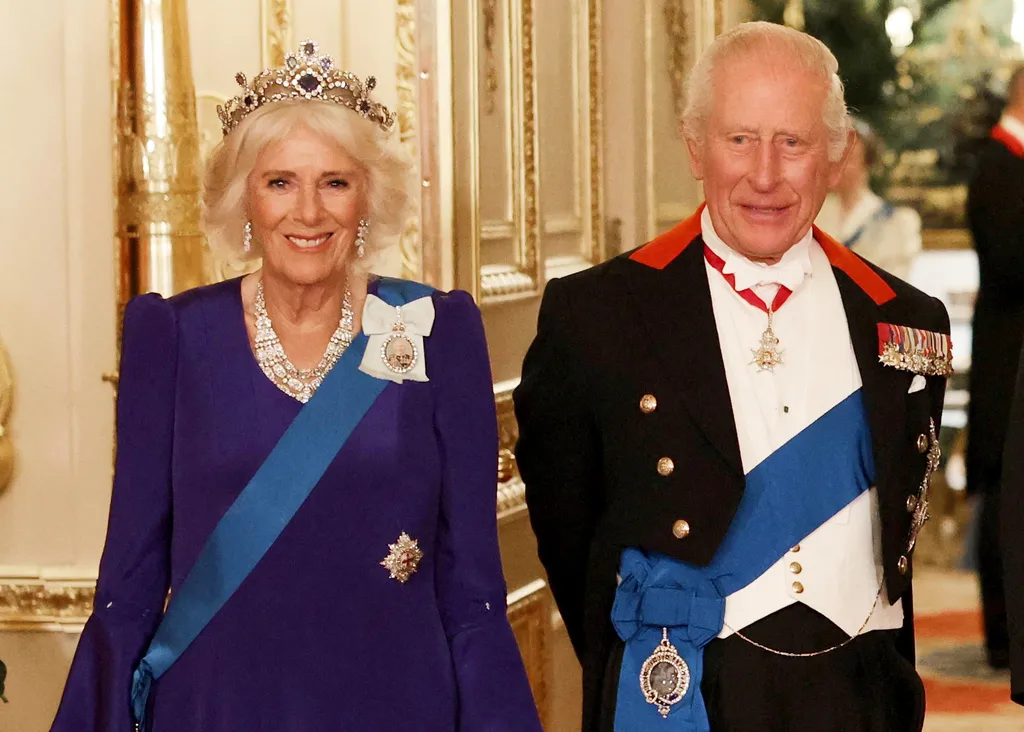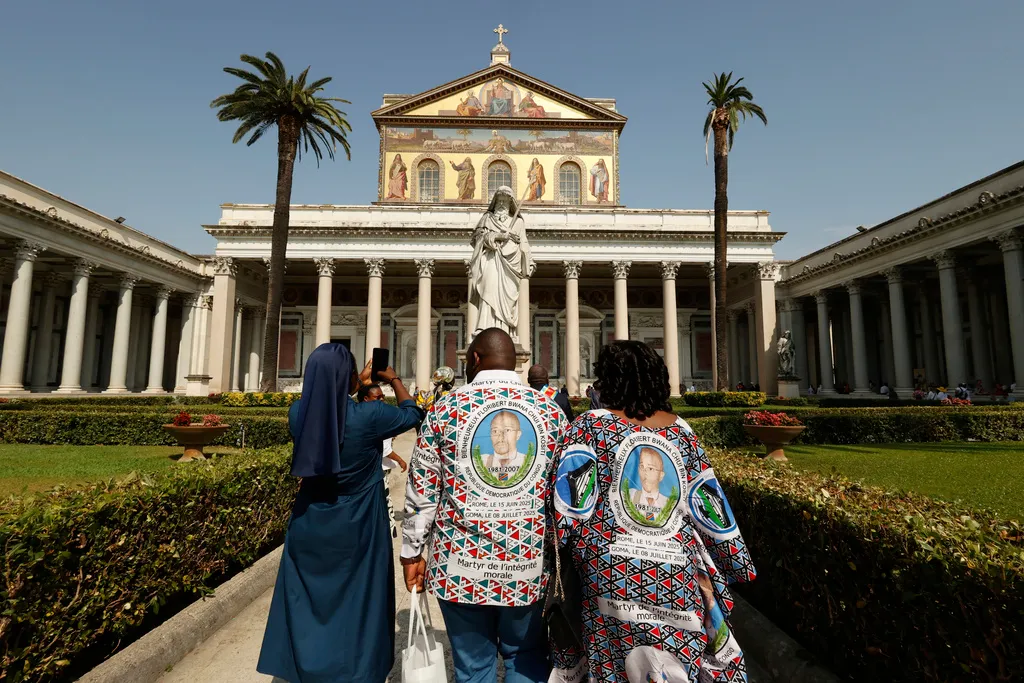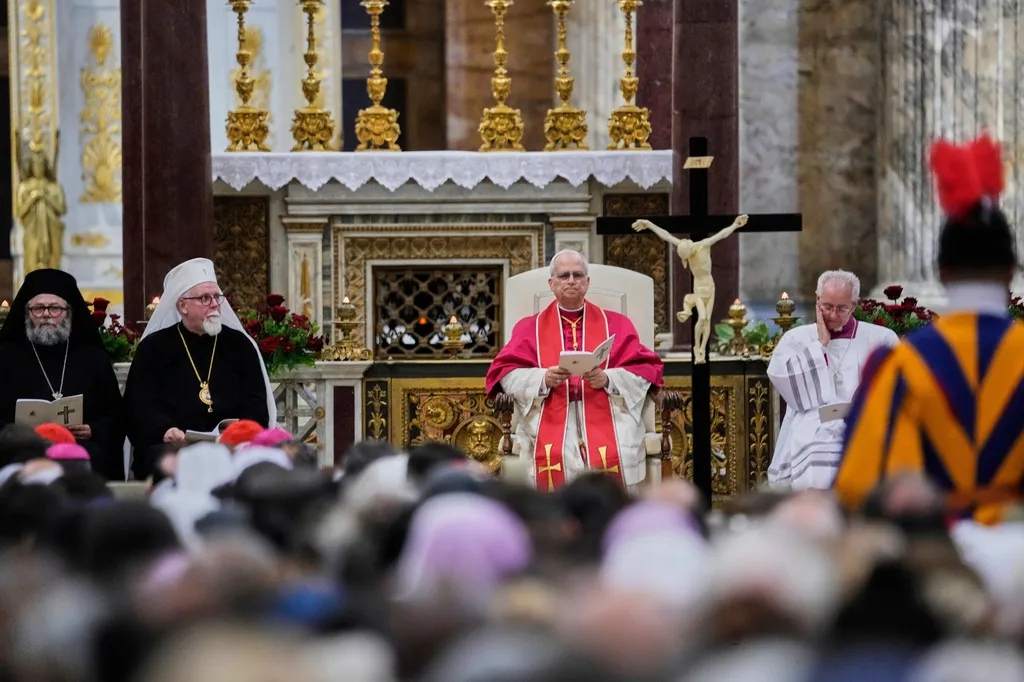King Charles III and his wife, Queen Camilla, are preparing for a state visit to the Vatican next week that will bring the British Crown and Holy See closer than they have been since the 16th century.
Charles and Camilla will meet with Pope Leo XIV on Thursday as part of a state visit to Vatican City. The two world leaders will dialogue on two levels — as heads of sovereign states and supreme authorities within their respective religious institutions.
They will pray together in the Sistine Chapel alongside Catholic and Anglican clergy — the first such ecumenical service of its kind in over 500 years and a breakthrough that a Buckingham Palace spokesperson described as “historic.”
“It will mark a significant moment in relations between the Catholic Church and Church of England, of which His Majesty is Supreme Governor, recognising the ecumenical work they have undertaken and reflecting the Jubilee year’s theme of walking together as ‘Pilgrims of Hope,'” the spokesperson said of the trip.

“It marks a historic moment in the journey of reconciliation between our Churches,” said Archbishop Flavio Pace, the secretary of the Dicastery for Promoting Christian Unity at the Vatican. “It celebrates how far we’ve come-and offers hope for the future.”
Pope Leo XIV will also be dusting off a long-dormant place of honor for the British royal within the diocese of Rome, though modified and qualified to reflect his status as supreme governor of the schismatic Church of England.
Following his visit to the Sistine Chapel and meeting with Pope Leo XIV, Charles will be escorted to the Basilica of St. Paul Outside the Walls — one of four major papal basilicas in Rome. It is the burial place of St. Paul, one of the founders of the Catholic Church alongside St. Peter.
The basilica is named for its extraterritorial status. It belongs to the Holy See but sits outside the ancient Aurelian Walls of Rome.
Papal basilicas have traditionally been associated with a royal patron. King Felipe VI of Spain is the protocanon of the Basilica of Saint Mary Major, as were his predecessors. French President Emmanuel Macron is the honorary canon of the Archbasilica of Saint John Lateran, a role the presidency inherited from the French monarchy.
The Benedictine monastery attached to the Basilica of St. Paul Outside the Walls once enjoyed patronage from the British Crown, dating back to seventh-century Saxon kings who provided funds to Rome for the upkeep of St. Peter’s and St. Paul’s tombs.
This relationship was ultimately shattered by the English Reformation.

King Henry VIII, once a devout follower of the pope, who styled the British leader as a “Defender of the Faith,” broke from Rome in 1534 over the pontiff’s refusal to annul his marriage to Catherine of Aragon.
Henry nationalized the church, executed clergy members who would not renounce allegiance to the Holy See, and declared himself the supreme governor of the Church of England.
Since then, British monarchs have maintained the largely ceremonial position, and those royals who convert to Catholicism are automatically excluded from the line of succession.
Because Charles is not a Catholic, he is not eligible to be named a canon, but the Holy See is making a gesture to recognize the British Crown’s special relationship with the basilica and abbey.
The king will receive an honor from Cardinal James Michael Harvey and Abbot Donato Ogliari, the titular archpriest of the basilica and prelate of the abbey, respectively, being named a royal confrater of Saint Paul — in layman’s terms, a royal associate.
A special chair has been commissioned for the occasion, bearing Charles’s coat of arms and the Latin phrase Ut unum sint — “that they may be one” in English.
The phrase is from a passage of the Gospel of John in which Jesus Christ, prior to his betrayal and crucifixion, prays to God the Father that all his believers would be unified.
It is a commonly cited passage in the context of Christian ecumenicalism, with the understanding that in an ideal world, all Christians would be part of the same, undivided church.
POPE LEO XIV APPOINTS CHICAGO’S CARDINAL CUPICH TO VATICAN GOVERNING COMMISSION
Following the king’s visit, the chair will be kept in the basilica in the church’s apse in perpetuity for future visits by Charles and his successors.

A Buckingham Palace spokesperson called the ceremonial seat a “perpetual mark of mutual respect between Pope Leo and His Majesty as Heads of State.”
Pace told reporters that the title and its accompanying chair are meant to be “a sign of honor and spiritual communion” with the British monarch.

